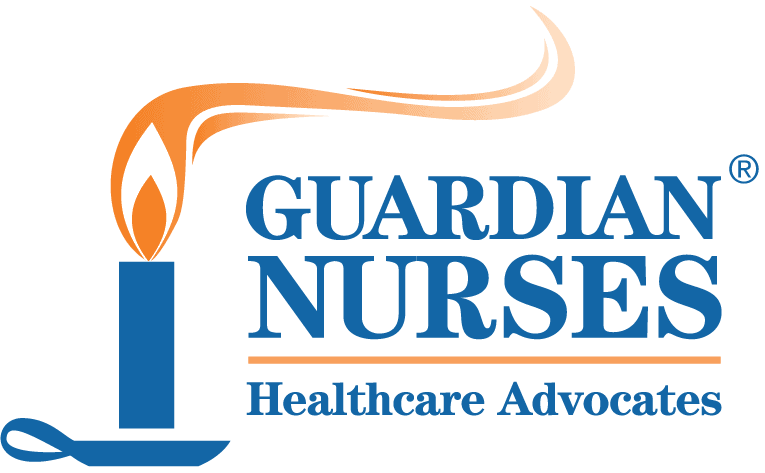Earlier this year, I made a promise to myself that I would schedule an appointment with a dermatologist. After all, as I have shared with you before in other venues, my childhood vacations on the beach at Wildwood, NJ were often marred with an enthusiastic sunburn. And it's also quite likely that years of playing sports outside in the sun didn't help.
Good thing I kept my promise. I saw the dermatologist and she took a little snippet of skin for a biopsy. Turns out that those little spots on my nose are basal cell skin cancers.
I wasn't that surprised. (OK, maybe a little bit.) But I knew it probably wasn't good news when the dermatologist tried to reach me two days in a row and each message said, "I'd like to talk to you about your biopsy results." Truth is, many of my older family members also had skin cancers. Guess I have that "luck" of the fair-skinned Irish!
So I'm scheduled for MOHS surgery in July. I'm hoping that it's not that deep of a lesion and that the specially-trained MOHS physician will get clear margins quickly and easily.
In the meantime, and even afterward, I'll be slathering sunscreen on each time I'm riding my bike, playing tennis, or sitting on the beach. Come to think of it, so should you!
Being out in the sun can be fun, but you must also know that it has its downsides, too. Here are 12 tips for a safe sun-filled summer!
1. Wear Clothes. Shirts, hats, shorts, and pants shield your skin from the suns UV rays. And don't coat your skin with goop. A long sleeved shirt is a good start.
2. Sunburn. The skin reddening caused by overexposure to the sun's harmful ultraviolet (UV) radiation — may seem like just a temporary irritation, but sunburns can cause long-lasting damage to the skin. And, experts say that just one sunburn in childhood doubles your chance of developing skin cancer.
3. Find Shade. Or make it. Picnic under a tree, read beneath an umbrella, take a canopy or umbrella to the beach.
4. Plan Around the Sun. If your schedule is flexible, go outside in the early morning or late afternoon when the sun is lower in the sky. UV radiation peaks at midday when the sun is directly overhead.
5. Babies under six months old should never be exposed to the sun. Their skin is not yet protected by melanin.
6. Babies older than six months should be protected from the sun and wear UV-blocking sunglasses to protect their eyes.
7. Children are especially at risk. One blistering sunburn in childhood or adolescence more than doubles your chances of developing melanoma later in life.
8. Don't be fooled by labels that boast high SPFs. Anything higher than "SPF 50+" can tempt you to stay in the sun too long, suppressing sunburn but not other kinds of skin damage. The FDA says these numbers are misleading. Stick to SPF 15-50+, reapply often and pick a product based on your own skin, time planned outside, shade and cloud cover.
9. Ingredients matter. Avoid the sunscreen chemical oxybenzone, a synthetic estrogen that penetrates the skin and contaminates the body. Look for active ingredients zinc, titanium, avobenzone or Mexoryl SX. These substances protect skin from harmful UVA radiation and remain on the skin, with little if any penetrating into the body.
10. Message for men: Wear sunscreen. Surveys show that 34% of men wear sunscreen, compared to 78% of women. Start using it now to reduce your cumulative lifetime exposure to damaging UV radiation.
11. Got your Vitamin D? Many people don't get enough vitamin D, which your skin manufactures in the presence of sunlight. Your doctor can test your Vitamin D level and recommend supplements or a few minutes of sun daily on your bare skin (without sunscreen).
12. Sunglasses are essential. Not just a fashion accessory, sunglasses protect your eyes from UV radiation, a cause of cataracts.
For more information about sun safety, including the evaluation of sunscreen products, visit the Skin Cancer Foundation website or the Environmental Working Group's helpful (a non-industry sponsored) website: 2012 Sunscreen Guide.
